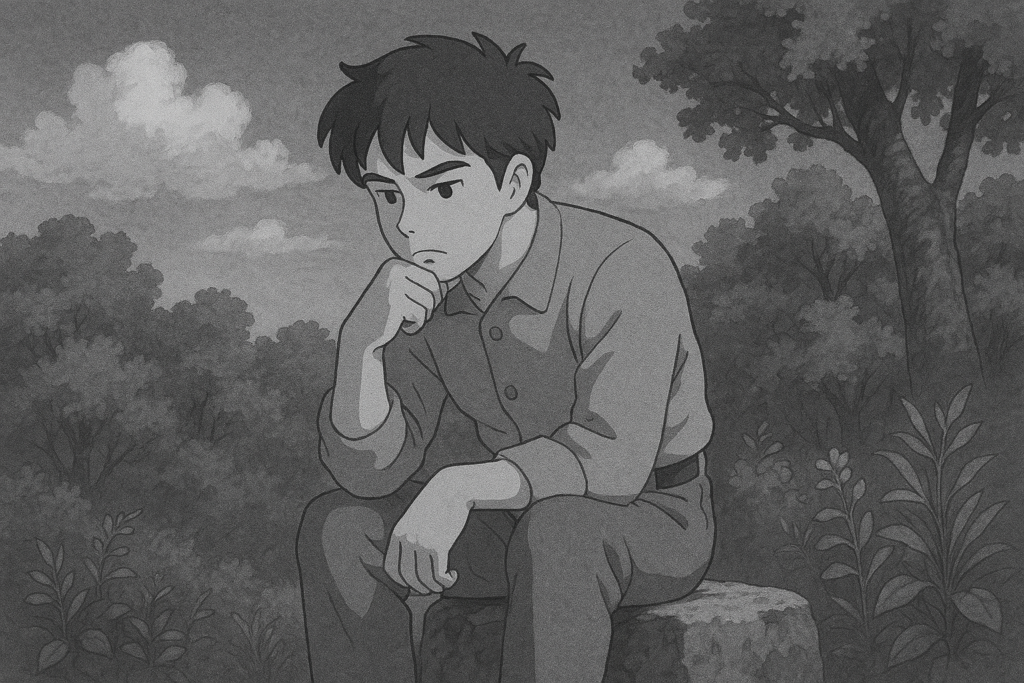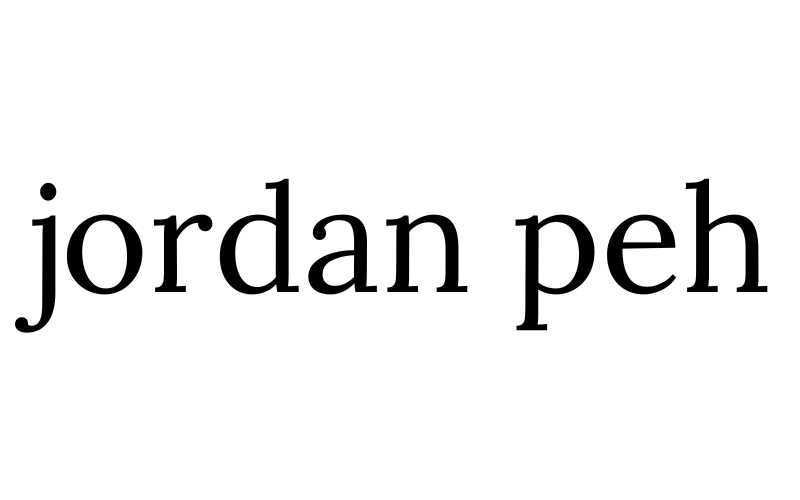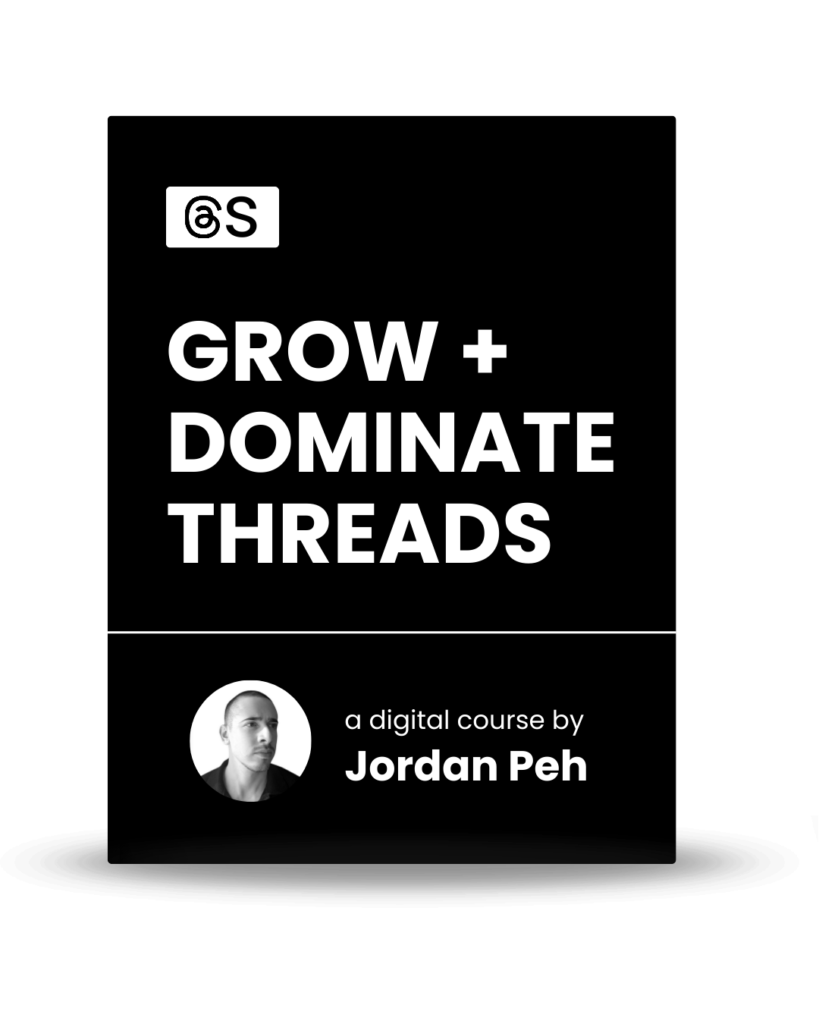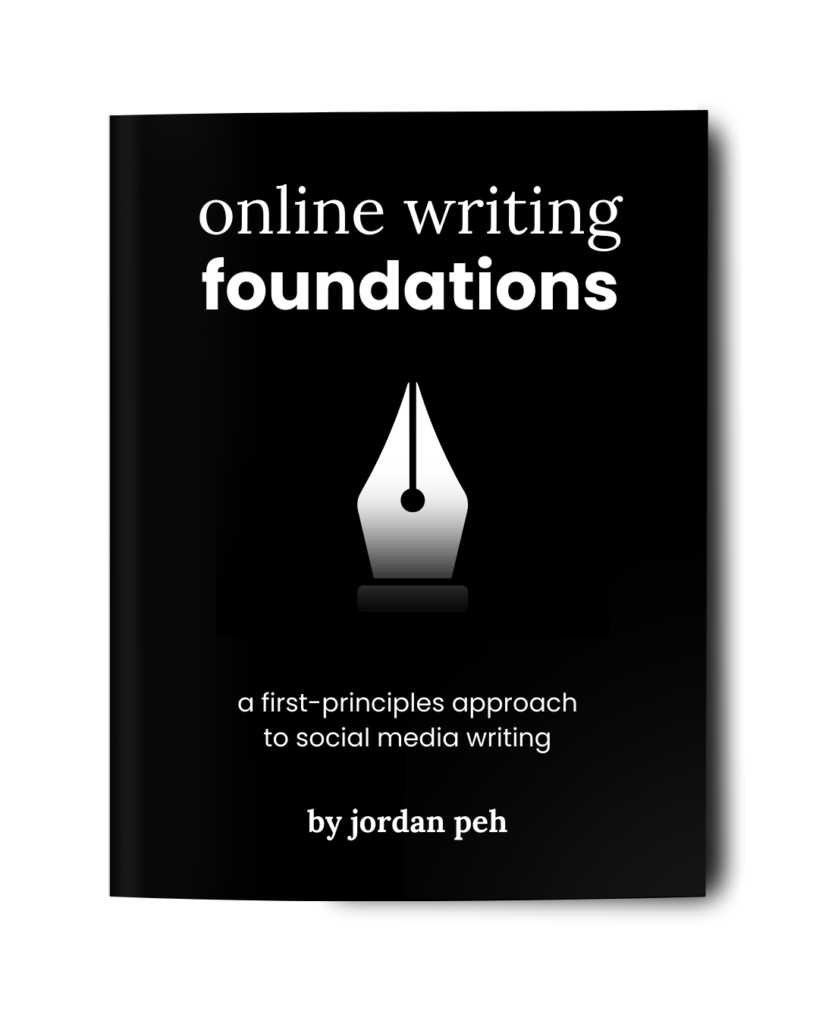
the “dead internet” isn’t a theory anymore – it’s your instagram feed, your threads timeline, and the entire goddamn internet.
and you’re part of the problem.
yes you.
every time you post another “hot take” that 500 other creators posted last week.
every time you create another carousel with the same 5 tips everyone’s already seen.
every time you design another minimal logo that looks exactly like everyone else’s minimal logo.
you’re not creating, you’re cloning.
you’re not a creator, you’re a copier.
and deep down, you know it. that’s why you feel that knot in your stomach when you hit publish. that voice in your head saying, “this isn’t special, this isn’t me, this is just more noise.”
you’re right, it is more noise.
the algorithms have turned us all into content farming robots, training us like pavlov’s dogs to salivate for likes. to reproduce what gets engagement. to be safe instead of interesting. to be familiar instead of authentic.
and now you’re stuck in the hamster wheel of mediocrity, posting content you don’t even believe in, creating work that looks like everyone else’s, wondering why nobody remembers your name.
here’s the hard truth: original thinking isn’t some mystical gift for the chosen few. it’s not about divine inspiration or being born special.
original thinking is engineered.
not some vague “think outside the box” bullshit. i’m talking about concrete systems for generating ideas that make people stop scrolling and pay attention.
true originality isn’t creating something completely new (that’s impossible).
originality is remixing existing elements in a way only you could. making connections others haven’t seen yet.
in this article, i’m giving you the blueprint to build your own originality engine. a system for consistently generating ideas that stand out in the sea of sameness.
you don’t need to wait for inspiration.
you don’t need to be a certified genius.
you need a better system.
let’s build one.
right now.
the originality paradox: why trying to be original is making you blend in
here’s why you’re failing at being original:
you’re obsessed with originality, and that obsession is making you painfully generic.
the harder you chase unique ideas, the more you sound like everyone else.
this isn’t just ironic – it’s the fundamental trap that 99% of creators fall into. your audience is drowning in regurgitated mediocrity disguised as innovation.
the real reason your ideas don’t stand out isn’t because you lack talent – it’s because you’ve built your entire creative approach on a lie. the lie that originality comes from inspiration rather than systems.
while everyone else is chasing the mythical creative muse, the smartest creators are building originality machines that produce distinctive ideas on demand.
i call this engineered originality. not because it sounds good, but because it works when everything else fails.
the originality paradox will make or break your creative career: those who chase originality directly become forgettable but those who build systems to process reality differently become unforgettable.
the originality blueprint: 5 steps to becoming an idea machine
“originality is nothing but judicious imitation.” – voltaire
forget what you’ve been told about creativity.
it’s not about waiting for inspiration to strike, it’s about building a system that generates ideas even when you feel empty.
here’s your blueprint.
step 1: diversify your consumption diet
you think what you consume doesn’t matter?
think again.
your brain is a remix machine: garbage in, garbage out. most creators consume the same content as their competitors and wonder why their work looks identical.
basic math: if input a = input b, then output a = output b.
want different outputs? change your inputs.
here’s your new consumption diet:
- read books from 50+ years ago because ideas that survived time are worth studying.
- follow creators in completely different fields because a photographer can learn more from a chef than from another photographer.
- study academic papers in fields you don’t understand.
- listen to music from cultures you’ve never experienced.
- watch documentaries about subjects you don’t care about (yet).
this is tactical information arbitrage.
while your competitors all read the same top 10 articles, you’re building a unique mental database they can’t replicate.
i started reading ancient philosophy and combining it with modern marketing principles. the result was content that stands out because nobody else is making those connections.
unique inputs = unique outputs.
it’s that simple.
step 2: create strategic mental space
your brain needs emptiness to create, not constant stimulation.
the average creator consumes content 5-8 hours per day and wonders why they have no original thoughts.
your brain is too busy processing other people’s ideas to form its own.
here’s what you need to do:
- take a 24-hour content fast every week with no social media, articles, youtube, podcasts, nothing.
- walk for 30 minutes daily without your phone or at minimum, no earbuds.
- sit in silence for 10 minutes each morning before opening any apps.
- write morning pages (three pages of stream-of-consciousness writing) before consuming anything.
this ain’t meditation advice.
this is hard-core creative strategy.
friedrich nietzsche said, “all truly great thoughts are conceived while walking.”
he wasn’t being poetic, he was giving you the formula.
i implemented daily walks without my phone and generated more ideas in one month than i had in the previous year.
your brain needs emptiness to connect dots in new ways.
give it that space or stay mediocre.
step 3: collect real-world experiences
online creators have online ideas.
real-world creators have real-world ideas.
you can’t create original content about life if you’re not living one.
most creators sit at home scrolling and wonder why their perspective feels shallow.
here’s your new approach:
- do one thing each week you’ve never done before (big or small).
- talk to strangers in fields different from yours.
- visit physical locations that make you uncomfortable.
- volunteer somewhere that exposes you to different realities.
- document everyday moments other people miss.
ernest hemingway didn’t become hemingway by scrolling social media. he lived life fully and turned those experiences into art.
your experiences are your creative raw material. without them, you’re just recycling someone else’s life.
i started talking to random people in my city each week, and the conversations transformed my perspective on resilience and resourcefulness.
that perspective now infuses my work in ways no competitor can copy because they didn’t have those conversations, they don’t have those reference points.
experiences are your creative moat.
collect them deliberately.
step 4: start the creation flywheel
creating generates more ideas than consuming.
yep, that’s right.
most creators wait to feel ready, wait for the perfect idea, meanwhile, the pros know that creation itself is what generates the next idea, and the next, and the next.
start your creation flywheel:
- create something every day for 30 days straight (even if it’s small, even if it sucks)
- finish projects because half-finished work teaches you nothing
- share your work publicly, even when it’s not perfect
- set artificial constraints like “i must write this using only experiences from yesterday.”
the moment you start creating consistently, your brain recognizes the pattern and starts looking for material everywhere.
it becomes an idea-generation machine.
i committed to publishing daily for 90 days.
by day 30, i had more ideas than i could use.
by day 60, i had to start a separate document just to capture them all.
by day 90, finding ideas wasn’t even a conscious process anymore because the flywheel was spinning on its own.
start creating before you feel ready.
the ideas will come after you begin, not before.
step 5: master the art of remix
nothing is truly original.
not even this newsletter.
i consumed different perspectives from different creators and combined it with my own unique experience.
everything is a remix, but your specific combination can be unique.
most creatives try to hide their influences. the masters acknowledge them and combine them deliberately.
your remix strategy:
- list the 5-10 core interests, experiences or perspectives that make you you.
- create a venn diagram where these elements overlap.
- focus your work at the intersection points nobody else occupies.
- ask “how would [person from field a] solve this problem in [field b]?”
- combine old ideas with new contexts.
star wars was just samurai films + westerns + space.
harry potter was just boarding school stories + chosen one myth + wizards.
nothing new, just new combinations.
i combined my background in digital marketing, my experience in failed businesses, and my interest in ancient philosophy.
that specific combination became my unique lens.
nobody can copy it because nobody has lived my exact life.
and stop trying to be original.
start being strategic instead.
this blueprint isn’t sexy and won’t make you an overnight success, but follow it for 90 days and you’ll never struggle for original ideas again.
the question is: are you disciplined enough to follow a system, or will you keep waiting for inspiration that never comes?
your choice.
– jordan



